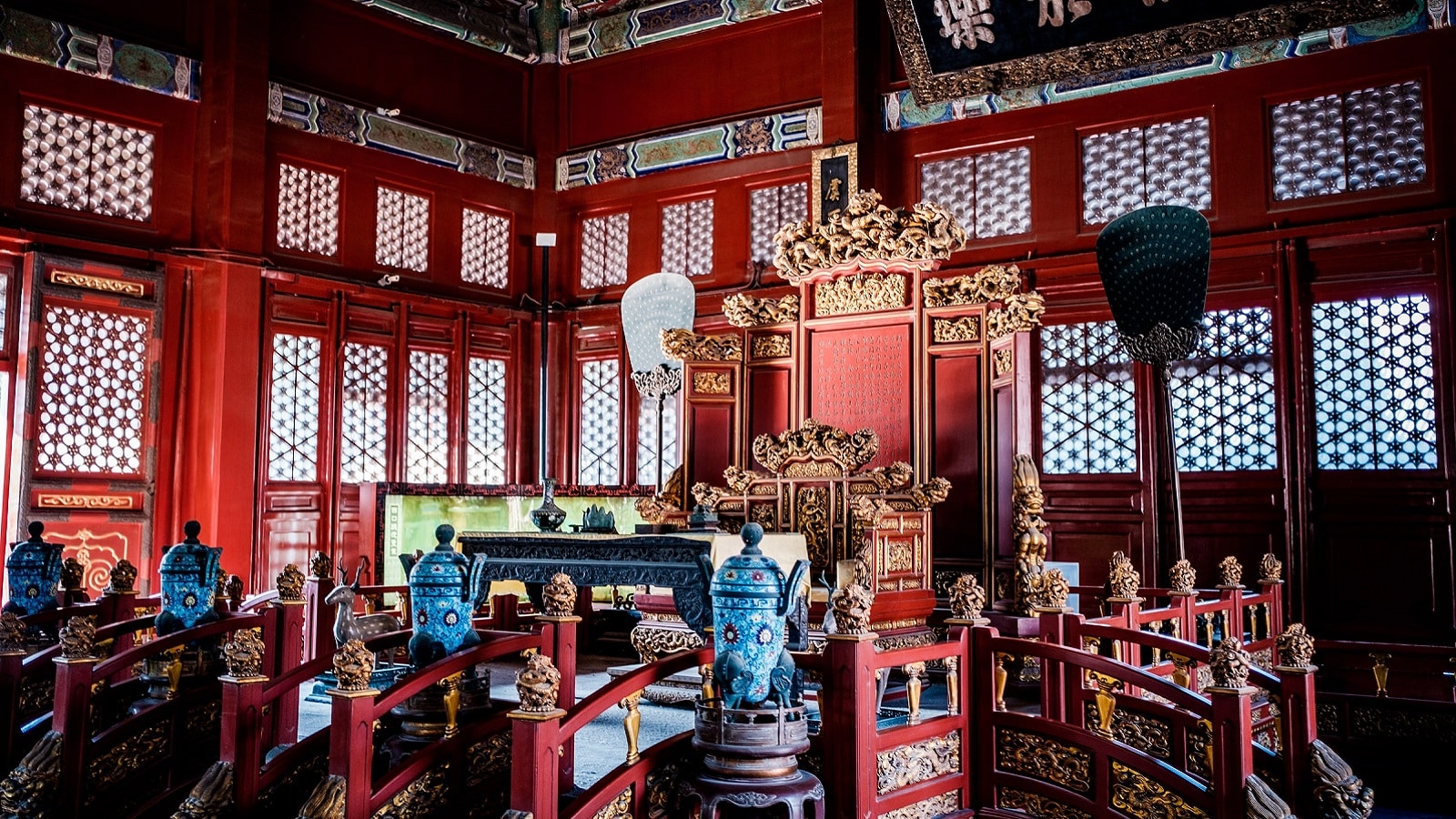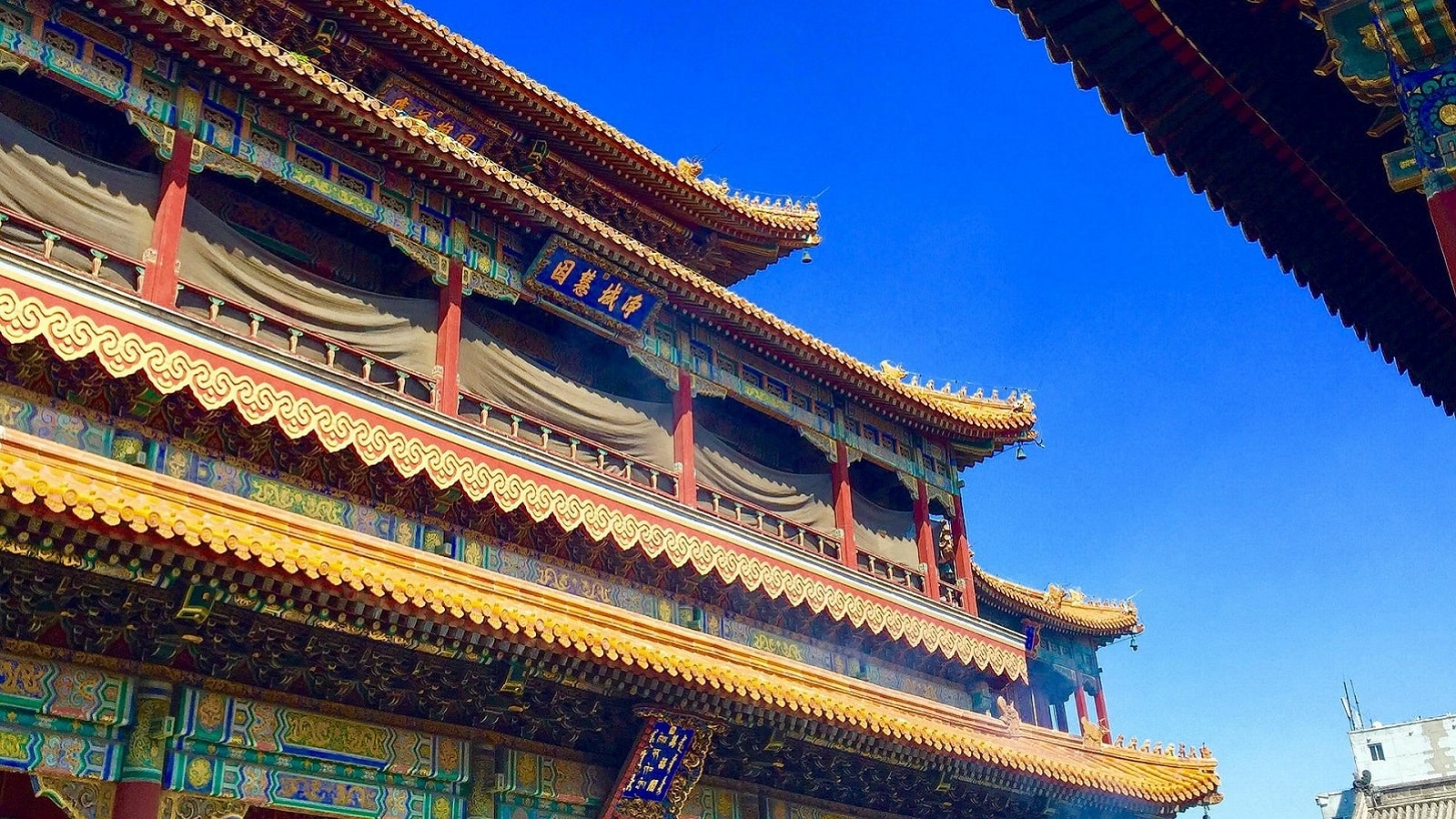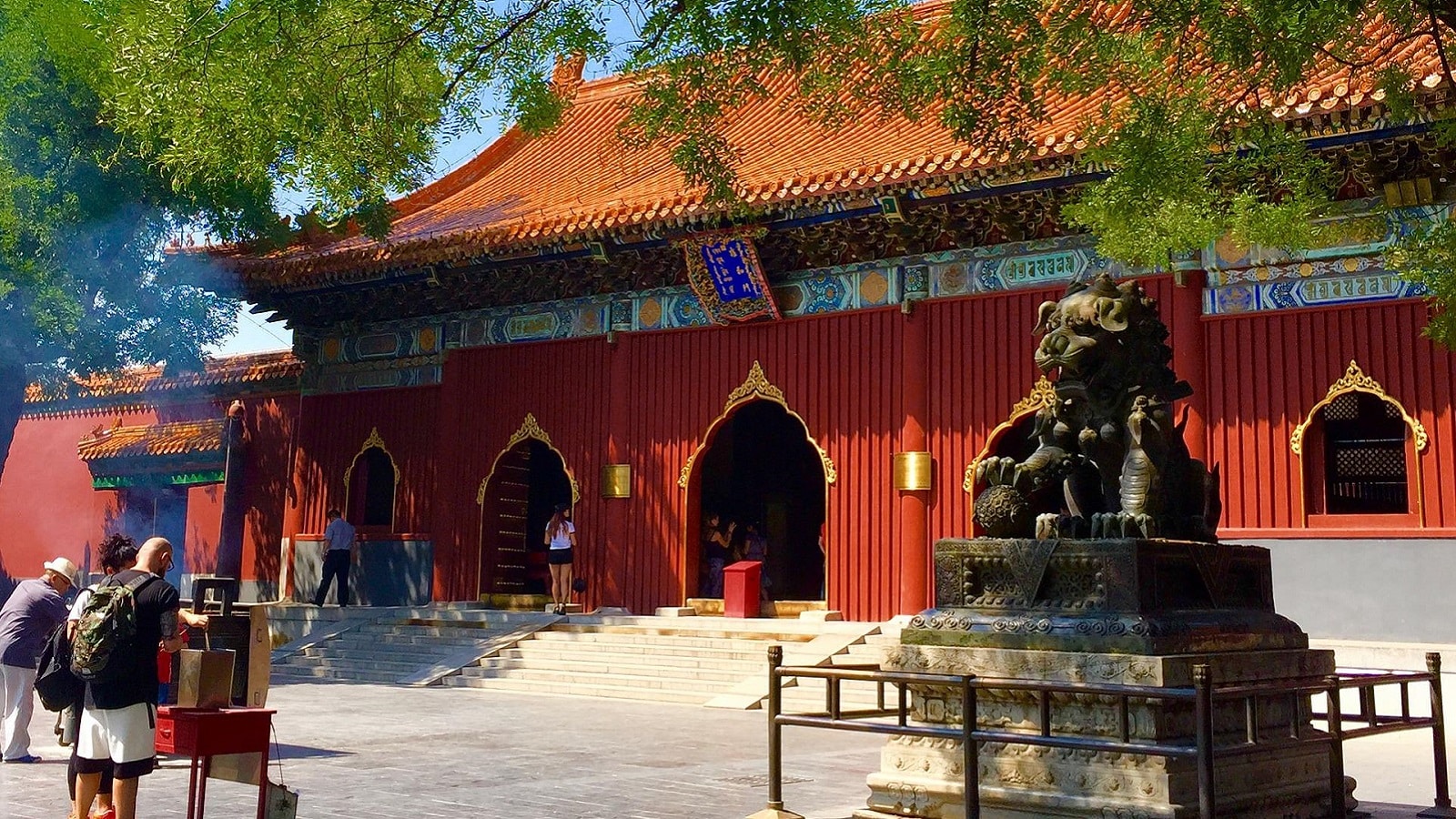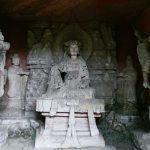
Discover the Temple of Confucius and Lama Temple
Temple of Confucius and
Lama Temple Walking Tour
Get an insight into the history of Confucianism and Indo-Tibetan Buddhism and
the roles they play in ancient and modern China with a visit to the Temple
of Confucius, the Beijing Imperial Academy and the Lama Temple.
WHY THIS TOUR?
The Temple of Confucius was built in 1302 and is the second largest temple constructed for Confucius, the great thinker and educationalist from the days of ancient China. People flocked here to pay homage during the Yuan, Ming and Qing dynasties.
The adjoining Imperial Academy (Guozijian) is where students, officials and rulers came to venerate the ‘great sage’ and to study for examinations which were the gateway to power and elite status in Imperial China. A short distance from the Temple of Confucius is Yonghe Gong, also known as the Lama Temple. Built in the 17th century this Indo-Tibetan Buddhism temple and monastery played an important role in both religion and politics during the Qing Dynasty.



TRAIL ITINERARY
09:00 - 12:00
-
14:00 - 17:00
Step back in time on this walking tour of the Temple of Confucius, the Imperial Academy and the Lama Temple as you learn how these sites have helped to shape modern China.
The driver will collect you from the hotel and drive you to these historical attractions to join our English-speaking historian and expert on Beijing histories. They offer an insight into the history of Confucianism and Indo-Tibetan Buddhism. Both play a role in state activities and the country’s ideology in contemporary times.
The Temple of Confucius is a haven of calm and contemplation. Wander through the courtyards and pavilions and marvel at carvings on ancient stone tablets. These act as precious historical records. As you walk through the temple and the Imperial Academy, the knowledgeable guide will explain the history of the buildings and the influence of the philosophies of Confucius.
The Lama Temple is the most revered Tibetan Buddhist temple outside Tibet and is still an active place of worship that is staffed by monks. Hear how the emperors of the Qing Dynasty appropriated forms of Tibetan Buddhism by consecrating a holy space in their capital even as their armies were steadily moving westward across the Tibetan Plateau.
At the end of the tour, the driver will take you back to the hotel.



